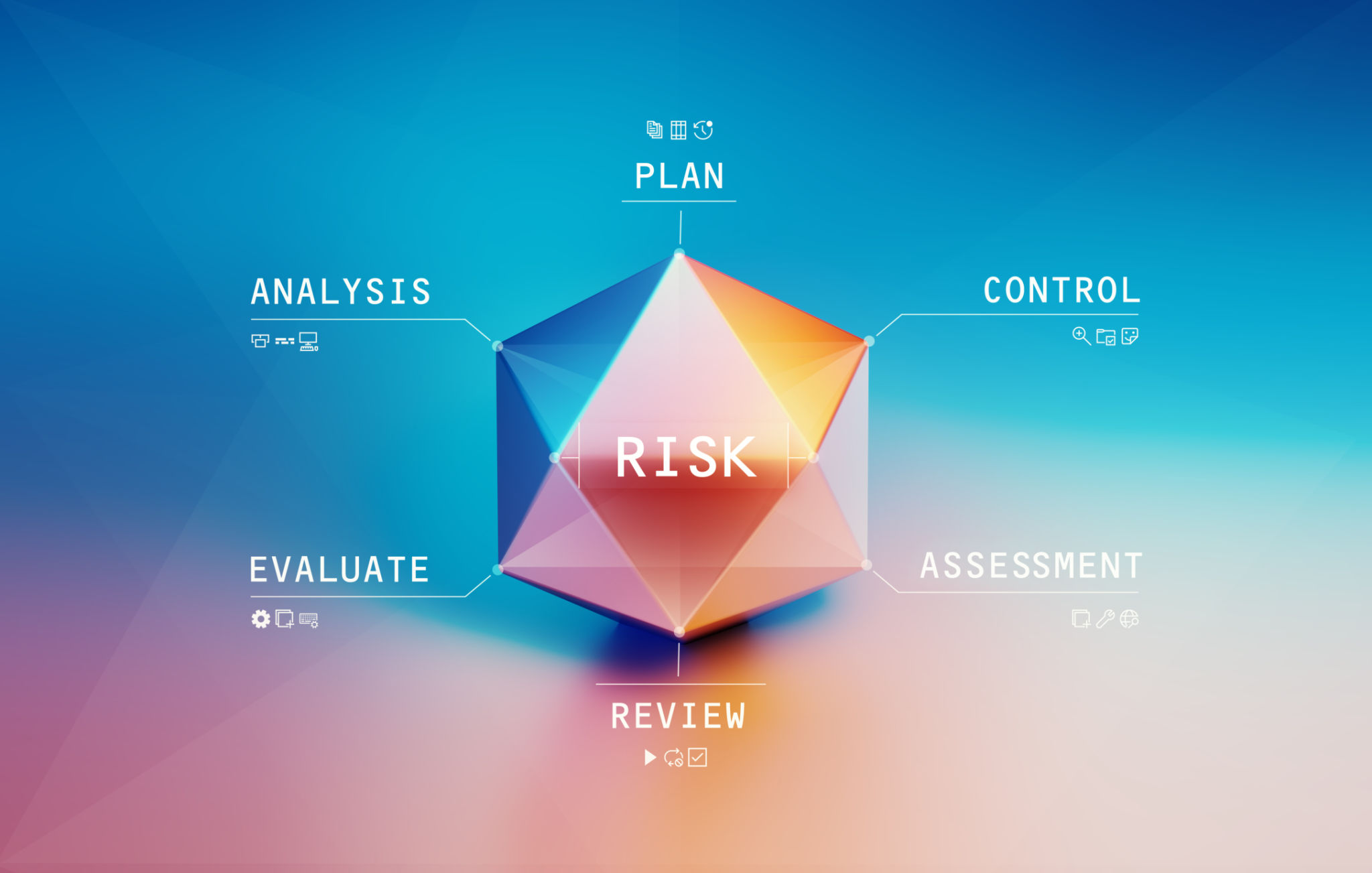Risk Management Strategies in Trading: Essential Tips for Beginners
Trading in financial markets can be a rewarding endeavor, but it also comes with inherent risks. For beginners, understanding and implementing effective risk management strategies is crucial to safeguard investments and ensure long-term success.
Understanding Risk in Trading
Before diving into specific strategies, it's essential to understand what risk in trading entails. Risk refers to the possibility of losing part or all of your investment. It's important to know that all trades carry some level of risk, and the key is to manage this risk effectively.

Setting Stop-Loss Orders
A stop-loss order is a fundamental risk management tool used to limit potential losses. It involves setting a predetermined price at which a trade will automatically close if the market moves against you. For beginners, setting stop-loss orders can help manage emotional decision-making and protect your trading capital.
Diversification Across Assets
Diversification is another essential risk management strategy. By spreading investments across different assets, sectors, or markets, you reduce the impact of a poor-performing trade on your overall portfolio. This approach helps mitigate risks and provides a buffer against market volatility.

Calculating Position Sizes
Determining the correct position size for each trade is crucial. Position sizing involves deciding how much of your capital to allocate to a particular trade. A common rule is the 1-2% rule, where traders risk only 1-2% of their total capital on any single trade. This method preserves your capital and allows you to stay in the trading game longer.
Using Leverage Wisely
Leverage can amplify both gains and losses. While it allows traders to control larger positions with a smaller amount of capital, it also increases risk. Beginners should use leverage cautiously and understand its impact on their trading strategy. Always be aware of the margin requirements and potential for margin calls.

Keeping Emotions in Check
Emotional trading can lead to impulsive decisions that increase risk. Developing a trading plan and sticking to it can help mitigate the influence of emotions. A well-defined plan includes entry and exit points, risk-reward ratios, and guidelines for adjusting strategies as needed.
Continuous Learning and Adaptation
Finally, continuous learning and adaptation are vital components of effective risk management. Markets are dynamic, and staying informed about market trends, economic indicators, and trading strategies will help you adapt and refine your risk management techniques over time.
In conclusion, while trading involves risks, implementing robust risk management strategies can protect your investments and enhance your chances of success. By setting stop-loss orders, diversifying your portfolio, calculating position sizes, using leverage wisely, and keeping emotions in check, beginners can navigate the trading world with greater confidence.